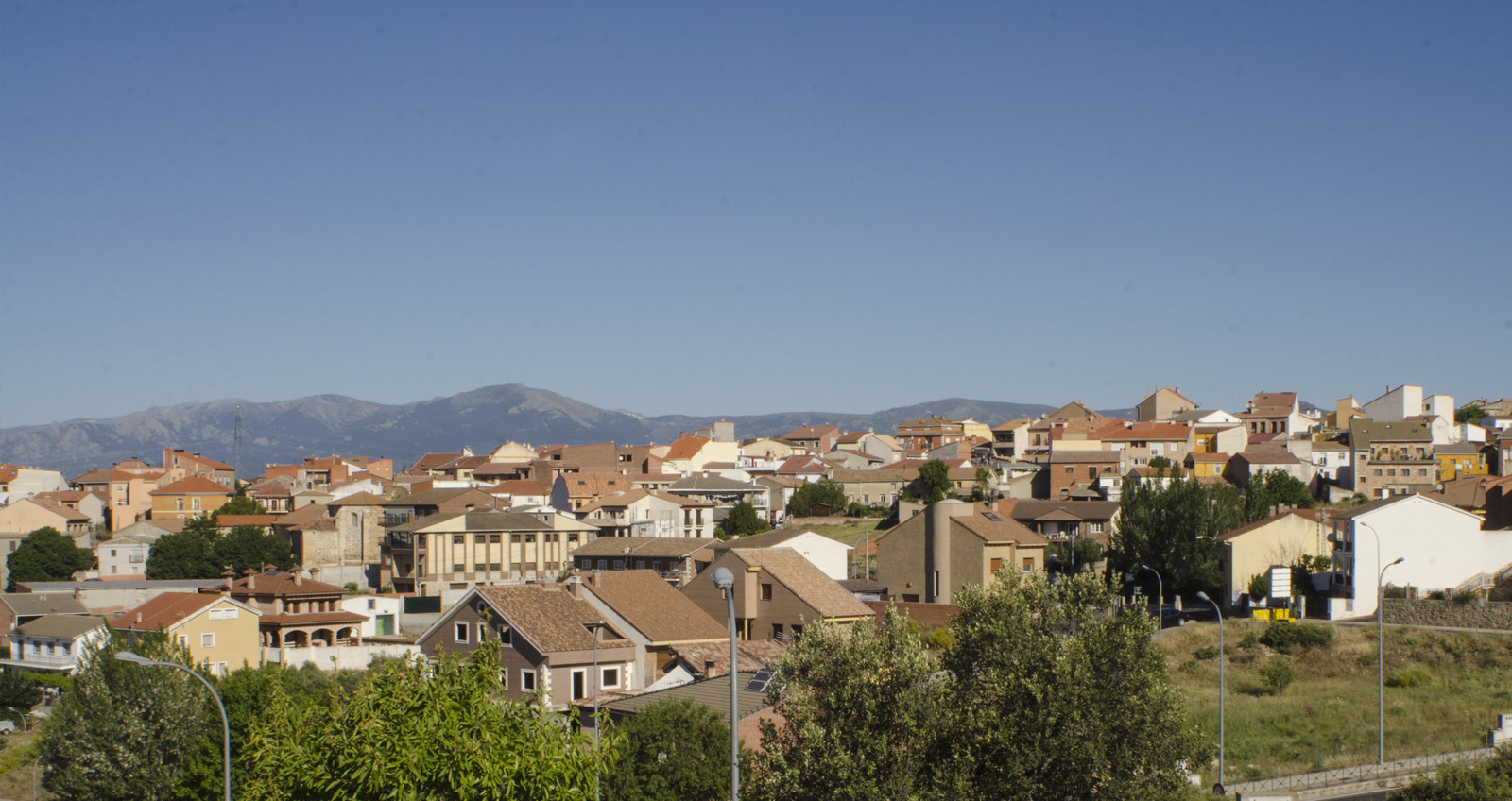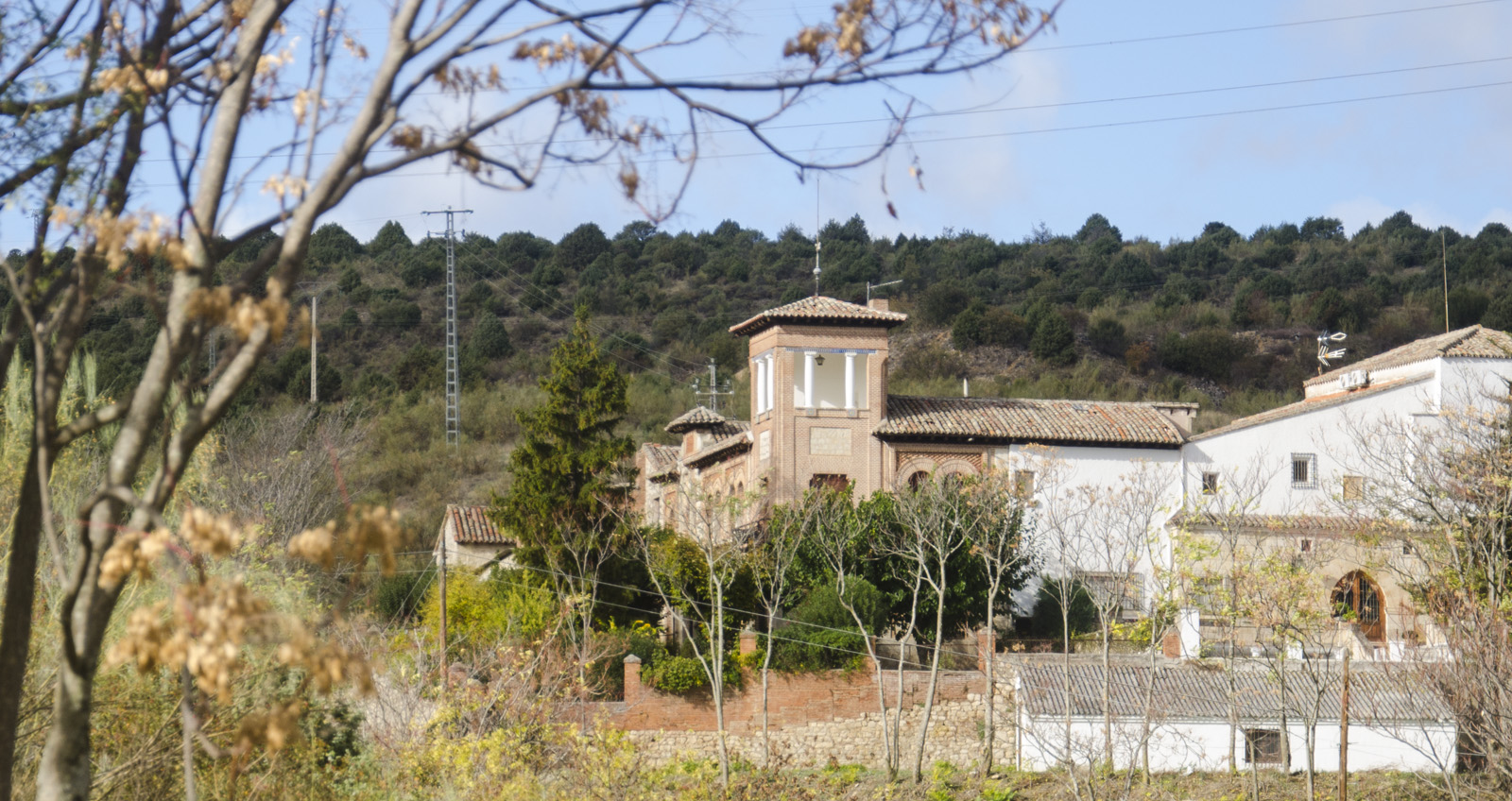The municipality of El Vellon is located 48 kilometers north of Madrid. Its name refers to the abundant dryers of vellones (“fleeces”) that were in the area. The sheep is also represented in its municipal shield. It is set on a small hill in La Vega del Jarama and west of Sierra Norte Madrileña region. With an area of 35.3 km2 and a population close to 2000 inhabitants, it has an average altitude higher than 800m., comprised between 946 m. at the northwest end of the municipality, near the watchtower of Venturada, and 650 m. next to the channel of Jarama river.

The municipality constists of two population centers: El Vellón, the main area, at an altitude of 888 m. and El Espartal, a borough located just 5 km in the east direction and at an altitude of 710 m., founded by the Cistercian monks as an agricultural exploitation.
The lands of El Vellón originally belonged to the Community and Villa de la Tierra of Talamanca, province of Guadalara. In 1564 El Vellón was able to separate and form its own jurisdiction, after the place had been bought by the family of D. Antonio de Eguino y Zuguiarre, of Basque origin.
In the year 1786, El Vellón stopped depending on the province of Guadalajara and depended on that of Madrid from then onwards, through an exchange of municipalities between the two provinces to give greater cohesion and continuity, avoiding the enclaves that each had in the territory of the other.

Of particular importance is the Caserío de la Aldehuela, a group of housing and agricultural units, currently privately owned, that seem to have their origin in old Cistercian buildings, on which Cardinal Cisneros, in the 16th century, founded a farm that provided with bread and wine the University of Alcalá and the Colegio de San José de la Aldehuela.
The innumerable rural roads, cattle routes, canal service roads and small paths that run through the municipality allow all kinds of outdoor sports activities such as cycling, horse riding or hiking. You can also practice activities such as the collection of wild fruits (mushrooms, asparagus, blackberries and sloes), bird watching, the study and cataloging of botanical species, very interesting in the area due to its great geological diversity. Here there can be found from quartzs, micas or garnets to good crystallized calcites and even Jacinto de Compostela quartzs.

